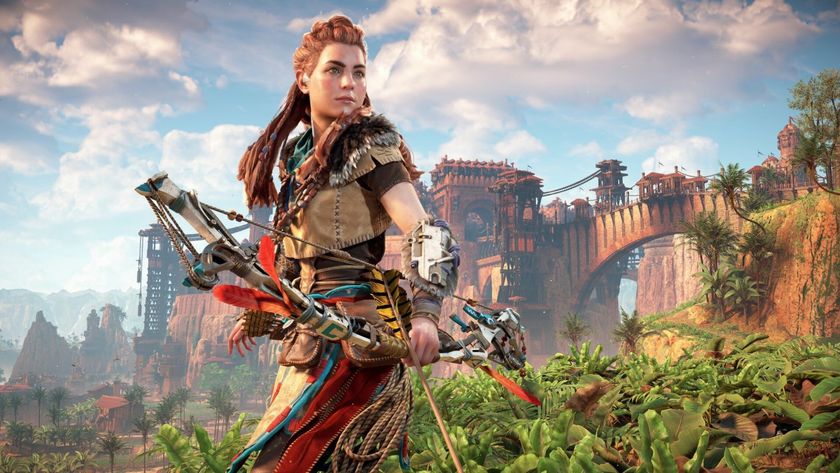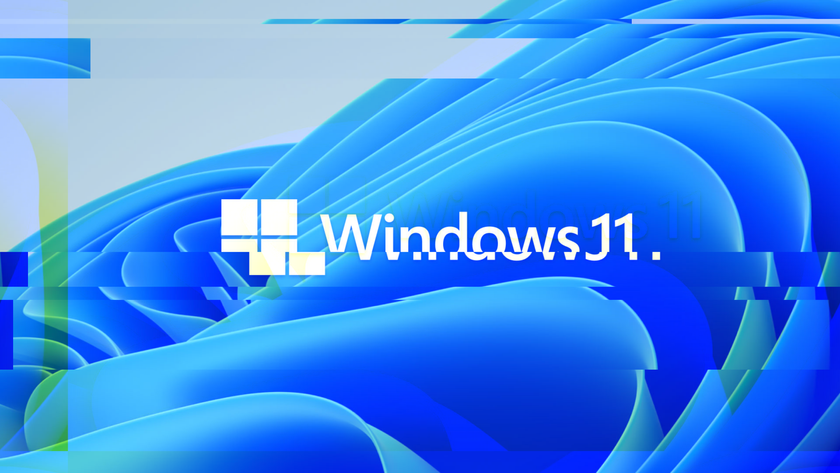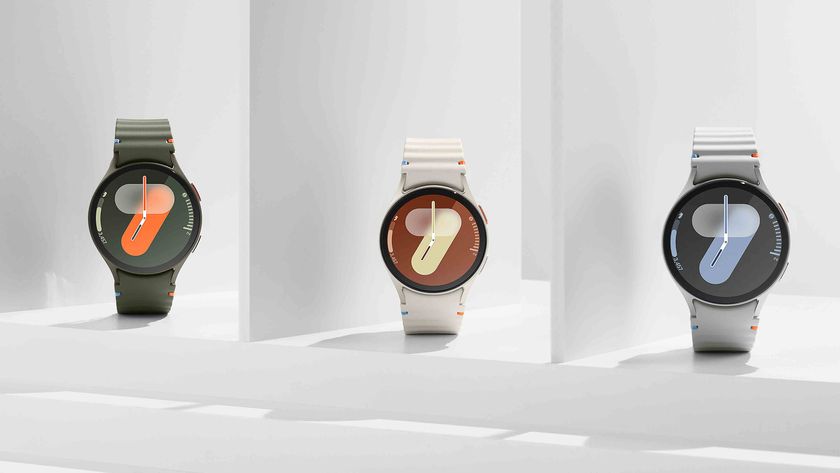Sony PlayStation: The first 20 years
20 years after the original PlayStation was concieved, we look at the timeline
2001 – By January 2001, Sony had shifted nearly 80 million PlayStation consoles. And these numbers were supported by the 6.4 million PS2s that had also been snapped up by gamers. Sony was pushing Sega out of the console market, and when 1998’s Dreamcast was a failure, Sega got out of the console business completely. Sony’s only real competition now came from Nintendo’s Game Cube which launched in September of 2001.
2002 – The beginning of 2002 saw the launch of Microsoft’s first console – the Xbox. It would go on to sell just 24 million units over the next four years, compared to the PS2’s eventual 120 million. By May 2002, PS2 shipments had already reached 30 million.
In July, Phil Harrison was promoted to the role of executive vice president, SCEE product development, while David Reeves became executive vice president, SCEE sales and marketing.
By August, the price of the PS2 had been reduced in all territories, and now cost a more reasonable £170 in the UK. By the end of the year, over 10 million PS2s had been sold in Europe, with a total of 50 million having been sold worldwide.
2003 – In August 2003, Sony announced the launch of the satin silver PS2. It was more expensive than the black model despite having no extra performance benefits. The motion-sensing camera ‘Eye Toy’ was launched in November and further enhanced the PS2’s reputation as the worlds’ foremost gaming machine.
By the end of this year, nearly one in ten people in the UK owned a PS2 console.
IBM partnership and the PS3's Cell processor
Get daily insight, inspiration and deals in your inbox
Sign up for breaking news, reviews, opinion, top tech deals, and more.
2004 – Four years after launch, by 14 January the PS2 had racked up over 70 million sales. What’s more, Sony announced that it had sold 66 million PS2 games over the holiday season alone.
In March of that year, Sony partnered with IBM in a deal that gave Sony access to IBM’s Power microprocessor technology for use in its next products. This partnership would eventually lead to the creation of the Cell processor which provides the horsepower inside the current PS3.
By May 2004, the original PlayStation console had reached the milestone of 100 million sales. And in November, a slimmed-down PS2 console was launched. Internal volume was reduced by 75 per cent, weight was halved, and thickness trimmed down by 5cm. An Ethernet port was added for network play.
In December, Sony launched the first handheld PlayStation console – the PSP.
2005 – Sony outlined details of its forthcoming PlayStation 3 console in June. And by September, the PS2 had sold over 100 million units. It was the most successful games console of all time.
Phil Harrison named President of SCE Worldwide Studios
In view of this ongoing success, a new organisation – Sony Computer Entertainment Worldwide Studios was created, and Phil Harrison was named president. He would oversee SCE’s game software development operations over the next three years.
Microsoft launched the next-gen Xbox 360 console at the end of 2005, a full year before Sony would be able to counter-attack with the PS3. This gave Microsoft a big advantage going into the seventh generation.
2006 – The PlayStation 3 was launched in Japan and the US in November 2006. Packing 20-60GB of internal storage and an HD Blu-ray disc drive, it was designed as a next-generation media hub as well as a powerful games console.
However, it would become the first PlayStation console to not be a runaway success from the word go. While being undoubtedly more powerful than its competitors – the Xbox 360 and Nintendo’s Wii – it was also very expensive. Embarrassingly for Sony, after an initial sales rush, the PS3 continued to be outsold by the PS2. Xbox 360 and Wii sales remained strong, pushing the PS3 into fourth place over all.
2007 – The PS3 was launched in the UK in March 2007, at the cost of an unprecedented £425. The launch followed a similar pattern to that in the US and Japan – initially strong sales soon fell off dramatically. Various new models were then launched, and price cuts were made. Sales improved but not dramatically so.
2008 – The PS3 has so far sold just over 10 million units worldwide. In the same time period, the PS2 sold more than twice as many.
On 25 February, Phil Harrison announced he will leave Sony at the end of the month.
James was part of the TechRadar editorial team for eight years up until 2015 and now works in a senior position for TR's parent company Future. An experienced Content Director with a demonstrated history of working in the media production industry. Skilled in Search Engine Optimization (SEO), E-commerce Optimization, Journalism, Digital Marketing, and Social Media. James can do it all.













